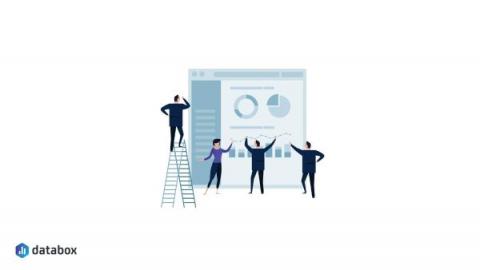Python Sleep(): What It Is and When to Use It
It would be amazing if everything in the digital world happened instantly. Unfortunately, we don’t live in an ideal world, and most of the time we need to wait for things to happen. From loading a dynamic web page to processing data, even the best implementations can have delays. Some delays happen because of the time it takes to process and transfer data. Other delays are intentional and enable applications to present visuals or data more elegantly.











